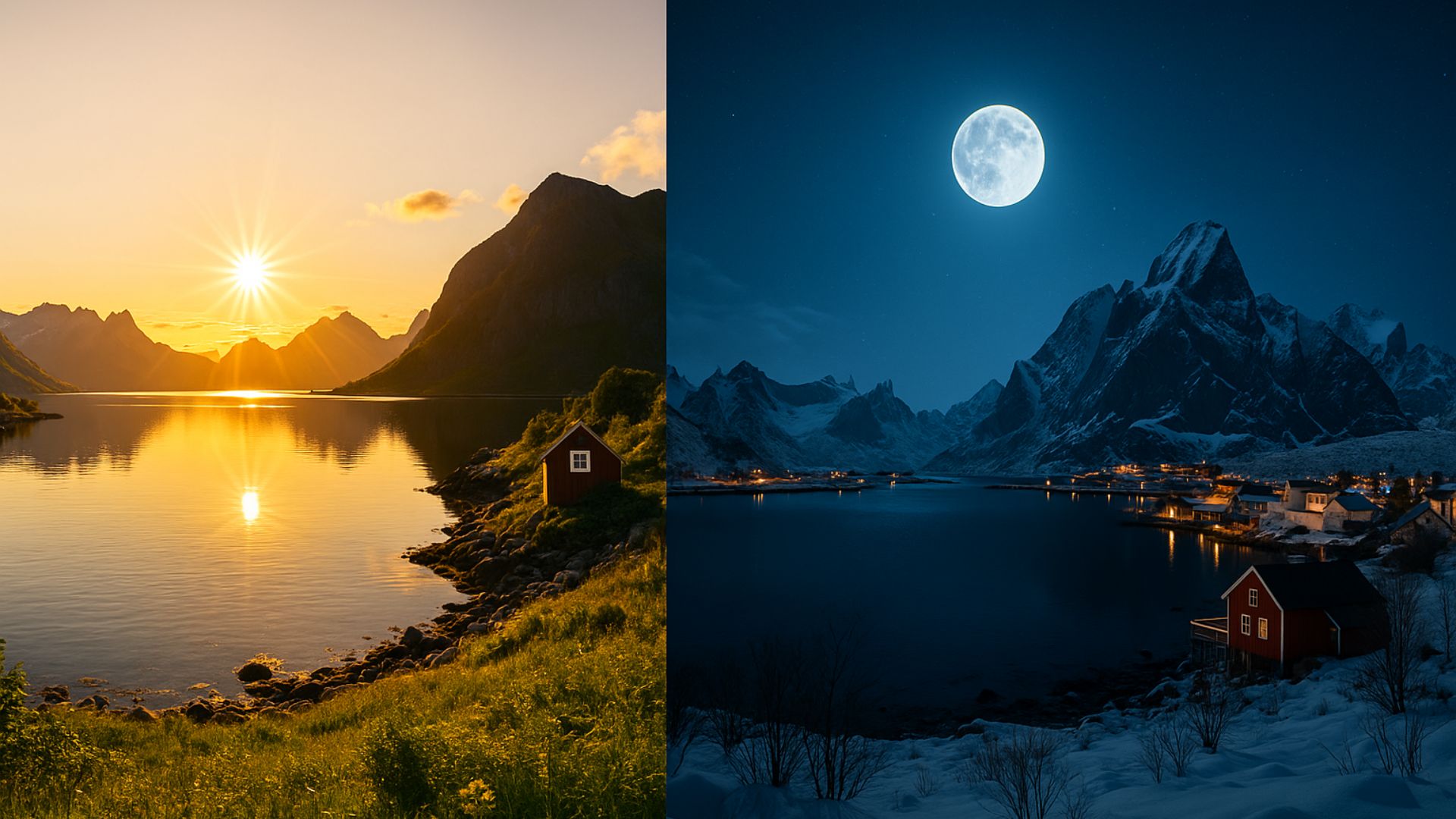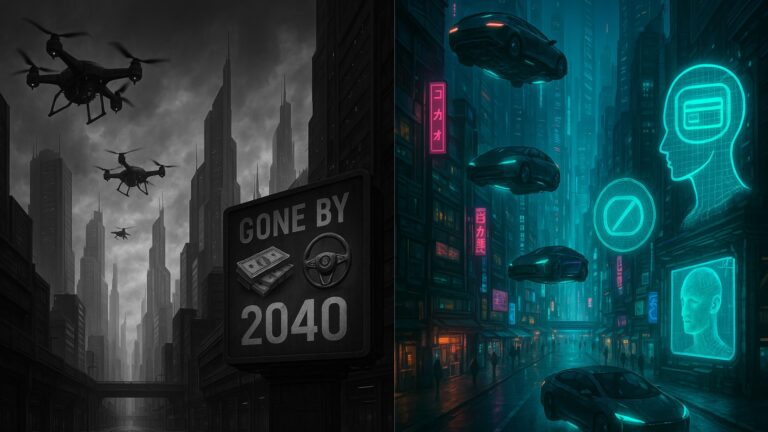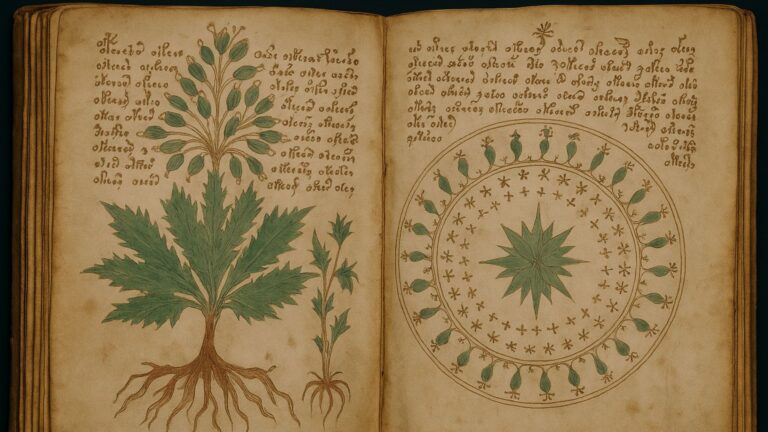Facts About 6 Months of Day and 6 Months of Night in Norway
6 Months of Day and 6 Months of Night in Norway – Norway is famous worldwide for its stunning fjords, majestic mountains, and vibrant culture. But one of the most fascinating natural phenomena it experiences is the extreme variation in daylight—where parts of the country have six months of continuous daylight followed by six months of complete darkness. This phenomenon is known as Polar Day (Midnight Sun) and Polar Night.
What Causes 6 Months of Day and 6 Months of Night in Norway?
This extraordinary cycle happens because of Norway’s location inside the Arctic Circle, north of latitude 66.5°N. The Earth’s axis is tilted about 23.5 degrees relative to its orbit around the Sun. As a result, during summer months, the North Pole tilts toward the Sun, causing the Sun to remain visible even at midnight—this is called the Midnight Sun or Polar Day.
Conversely, during the winter months, the North Pole tilts away from the Sun, and the Sun never rises above the horizon, leading to the Polar Night or Arctic Night.
Where in Norway Does 6 Months of Day and 6 Months of Night Happen?
- The phenomenon occurs above the Arctic Circle, which cuts across Northern Norway.
- Cities like Tromsø, Alta, and the archipelago of Svalbard experience Polar Day and Polar Night.
- Tromsø, known as the “Gateway to the Arctic,” has about 2 months of midnight sun and 2 months of polar night.
- Further north, in Svalbard, the polar day lasts about 4 months and the polar night around 4 months.
- The six months of continuous day and night refers more to the extremes near the North Pole, but northern Norway experiences prolonged daylight and darkness lasting weeks or months.
How Long Are the Polar Day and Polar Night?
- Polar Day (Midnight Sun): The Sun remains visible 24 hours a day, lasting from about late May to late July in northern Norway.
- Polar Night: The Sun stays below the horizon, and darkness prevails from about late November to mid-January.
- In some places like Svalbard, the polar night lasts almost 4 months, while closer to the Arctic Circle, the polar night can be shorter.
What Is It Like to Live with 6 Months of Day and 6 Months of Night in Norway?
During Polar Day:
- The sun shines all day and night, meaning no real darkness.
- Locals and tourists enjoy outdoor activities anytime, such as hiking, fishing, or festivals.
- The constant daylight can disrupt sleep patterns; people use blackout curtains to simulate night.
During Polar Night:
- There is no direct sunlight, but it’s not complete darkness all day.
- Twilight and blue light appear for a few hours in the middle of the day.
- The darkness can affect mood, leading to Seasonal Affective Disorder (SAD) for some.
- The Northern Lights (Aurora Borealis) are visible during the dark months, attracting visitors worldwide.
Unique Facts About Norway’s Polar Day and Night
- The term “Midnight Sun” means the sun is visible at midnight.
- The Northern Lights are best seen during the Polar Night.
- The longest continuous daylight period happens closer to the North Pole, lasting up to six months.
- Local festivals, such as the Midnight Sun Marathon in Tromsø, celebrate the endless daylight.
- During Polar Night, some people use light therapy lamps to combat depression caused by the lack of sunlight.
- Despite the darkness in winter, Norwegian culture embraces “koselig” (coziness), lighting candles and gathering indoors.
- Animals in the Arctic have adapted to these extreme light conditions, such as reindeer changing their eyes to improve vision in low light.
Why 6 Months of Day and 6 Months of Night in Norway Important?
- It’s a key tourist attraction that draws thousands every year to experience nature’s extremes.
- It affects wildlife behavior and the natural ecosystem in the Arctic.
- Understanding this helps scientists study climate change impacts on polar regions.
- It highlights the incredible adaptability of humans and nature in extreme environments.
Must Read: The Cursed Chair of Thomas Busby – The Death Chair That Still Kills
How to Experience Polar Day and Night in Norway?
- Visit Tromsø or Svalbard to witness these phenomena firsthand.
- Plan summer trips for 24-hour daylight or winter trips for Northern Lights and Polar Night.
- Pack appropriate gear: sunglasses and sunscreen for polar day; warm clothes and light therapy lamps for polar night.
Conclusion
Norway’s phenomenon of six months of day followed by six months of night is one of the world’s most unique natural wonders. In Norway, especially above the Arctic Circle, places like Tromsø and Svalbard have very long days and nights. This happens because the Earth tilts as it moves around the Sun. From late April to late October, the sun stays up all day and night. This is called the Midnight Sun. It means there is light for about six months straight.
From late October to late April, the sun does not come up. This is called the Polar Night. It is dark most of the time. In Tromsø, the Polar Night lasts about two months, but there is some light during twilight. In Svalbard, it is dark for about six months from November to February.
During these cold months, Svalbard can get very cold, around -20°C (-4°F). Tromsø is a bit warmer, about -4°C (25°F). This special day and night cycle changes how people live, the animals that live there, and how tourists visit Norway’s north.







